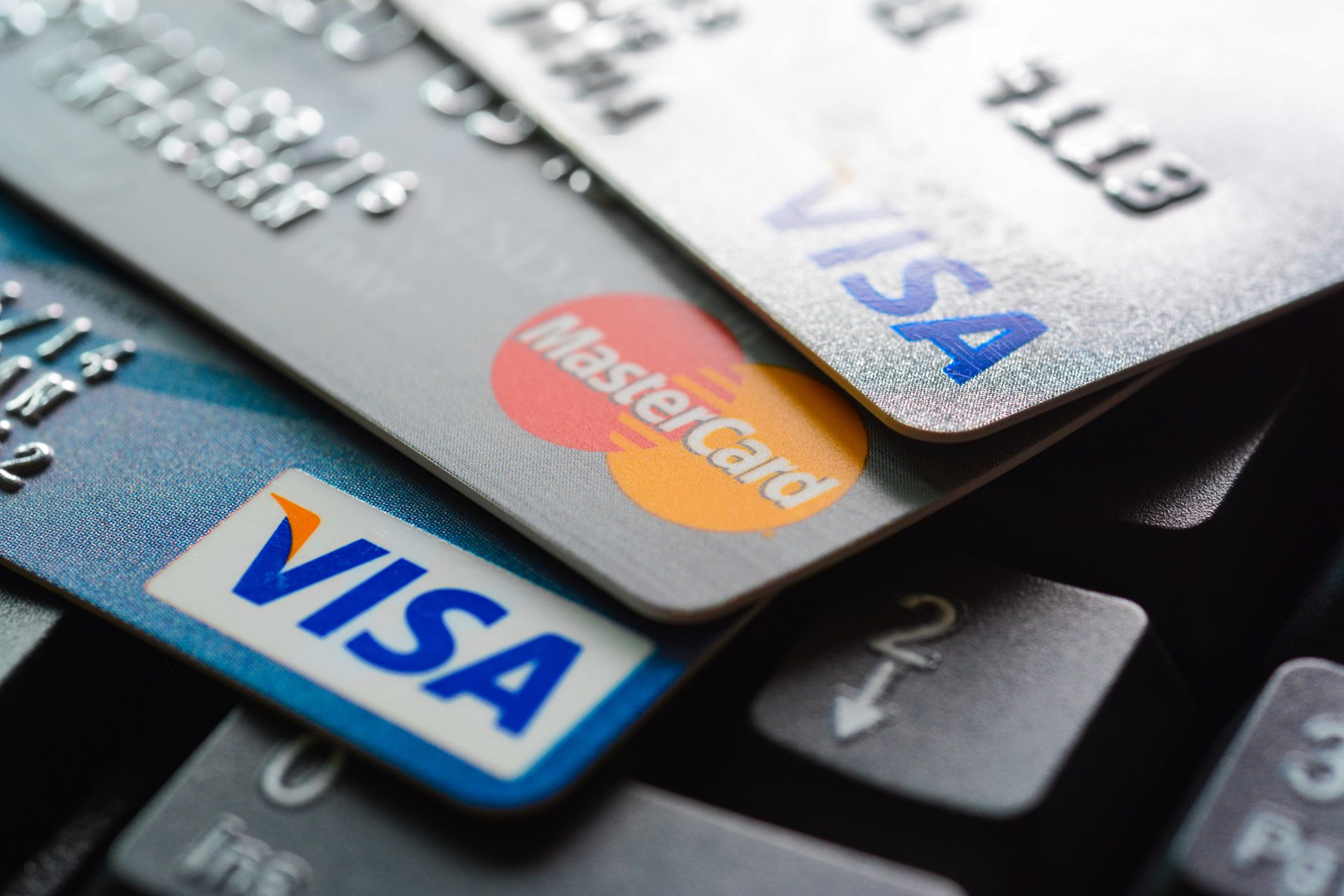- Managing Credit
Smart ways to pay down debt
Whether you’re looking to buy a home, or you are already making home loan repayments, paying down debt is a priority. We’ve put together some simple steps you can take that will relieve pressure on your financial situation.

Whether you’re looking to buy a home, or you are already making home loan repayments, paying down debt is a priority. However, when the cost of living is biting your bank balance, making inroads into your debts can feel like a struggle. We’ve put together some simple steps you can take that will relieve pressure on your financial situation.
Add it all up
Start by making a list of all your debts—student loans (HECS and HELP), car loans, personal loans, credit cards, and buy-now-pay-later services. If you have a mortgage, that will likely be your biggest debt. Take note of the interest rates and minimum regular repayments for each debt and how much interest you pay each month on the balances – higher balances with lower interest rates could be costing more in interest than lower balances with higher interest rates.Build a budget that works for you
Creating a budget is popular financial advice for a reason. It’s the foundation of your plan to pay down your debt. A budget allows you to review what things cost and see where you spend your money. Be realistic about your income and make sure to list all your regular and occasional expenses. It’s important to keep your budget up to date, as this helps you understand what’s left-over and how much to put towards reducing your debts.Expect the unexpected
Even when paying down debt is your priority, it is important to have a savings buffer or an emergency fund. This means you will have money on hand when unexpected expenses arise, and you won’t be tempted to or need to borrow more money and increase your debts.Pick your game plan
There are several strategies for paying down debt, depending on whether you want to simplify your finances, achieve quick wins, or minimise the interest you are paying on your debts. Either way, you will need to make regular minimum repayments - but you can structure your plan to prioritise some debts over others by making additional payments. Some strategies can include:1. Keep it simple
If juggling multiple debts feels overwhelming, debt consolidation might help. This can involve bundling high-interest debts into one single loan at a lower interest rate. Not only does it simplify your repayments, it can also save you money on interest. You will need to compare the terms and conditions of available loans to work out which option is right for your circumstances.2. Get quick wins
If you like crossing off items on a to-do list, you can achieve quick wins by prioritising your smaller debts. When you have extra cash, making additional repayments on a debt will pay it off quicker. This approach will cut down the number of individual debts you have.
3. Minimise interest
Want to pay less in the long run? Tackle the debts that accrue the most interest first. Credit cards, for example, usually attract higher-interest rates and will cost you more money over time. If you make additional repayments on your higher-interest debts first, you will reduce the amount of interest you are charged over the long term.
Keep your eyes on the prize
No matter which approach you take, your game plan to pay down debt will require commitment. Know your goals, keep track of how you are going and work through any setbacks by using and updating your budget.
Don’t be afraid to ask for help
If you are experiencing cost of living pressures or are struggling to manage your debts, you don’t have to do it alone. There are a number of places where you can get professional advice. The National Debt Helpline offers free financial counselling by calling 1800 007 007, and you’ll be connected with a South Australian counsellor. The South Australian Financial Counsellors Association also has an online map of financial counsellors.
And if you’re paying down debt to take your next step towards home ownership, HomeStart is here to help make that dream a reality.